From Coast to Bayou: A Spicy Journey Through America’s Food Regions
Welcome, spice lovers and curious foodies! Today we’re taking a flavorful trip across the United States — not just to taste the iconic dishes from each region, but to uncover the spices that make them uniquely American. From the tangy paprika of New England chowder to the bold cayenne of Louisiana gumbo, we’ll explore how spices define the soul of regional American cuisine.
This isn’t your grandma’s geography lesson — unless she taught it with a dash of hot sauce and a sprinkle of storytelling charm. So grab a seat at the table (or maybe a stool at the diner), and let’s dig into the Global Spice Traditions that have shaped the food regions of the United States.
🗺️ The Flavorscape of America: An Overview
- New England: Smoky paprika, thyme, and bay leaf in creamy chowders
- Mid-Atlantic: Garlic, oregano, and red pepper flakes meet Italian-American comfort
- South: Cayenne, black pepper, garlic powder — the holy trinity of heat
- Midwest: Sage, marjoram, and allspice blend into comforting casseroles
- Southwest: Cumin, chili powder, and coriander give Tex-Mex its kick
- West Coast: Citrus zest, fresh herbs, and global fusion flavors
- Northwest: Wild herbs, smoked salts, and foraged spices

🌶️ Why Spices Vary Across Regions: Climate, Culture & Cuisine
The spices you find on a plate can tell you a lot about where it comes from — both geographically and historically. Let’s break down the three big factors that shape a region's spice palette:- Climate & Agriculture: Spices grow where the climate allows. The South’s warm, humid air supports growing peppers and onions, which influenced their preference for bold, fiery seasonings.
- Migration & Cultural Influence: Think Italian immigrants bringing oregano to New York, or African slaves blending West African spices into Southern cooking. Each wave of migration added new layers to America’s spice tapestry.
- Trade Routes & Accessibility: Coastal cities like Boston and San Francisco became melting pots early on because they had access to imported spices through ports. Inland regions relied more on locally available or preserved ingredients.
| Region | Signature Spices | Influences | Iconic Dish Example |
|---|---|---|---|
| New England | Paprika, Bay Leaf, Thyme | British, French Canadian | Clam Chowder |
| Mid-Atlantic | Oregano, Basil, Crushed Red Pepper | Italian, German | Philly Cheesesteak with Seasoned Onions |
| Southern | Cayenne, Black Pepper, Garlic Powder | African, Native American, Spanish | Fried Chicken |
| Southwest | Cumin, Chili Powder, Coriander | Mexican, Indigenous | Chili Con Carne |
| West Coast | Lemon Zest, Cilantro, Soy Sauce | Asian, Mediterranean, Latinx | Korean BBQ Tacos |
| Midwest | Sage, Marjoram, Allspice | German, Scandinavian | Hotdish Casserole |
| Northwest | Wild Herbs, Smoked Salt, Juniper Berry | Indigenous, Foraging Traditions | Smoked Salmon |
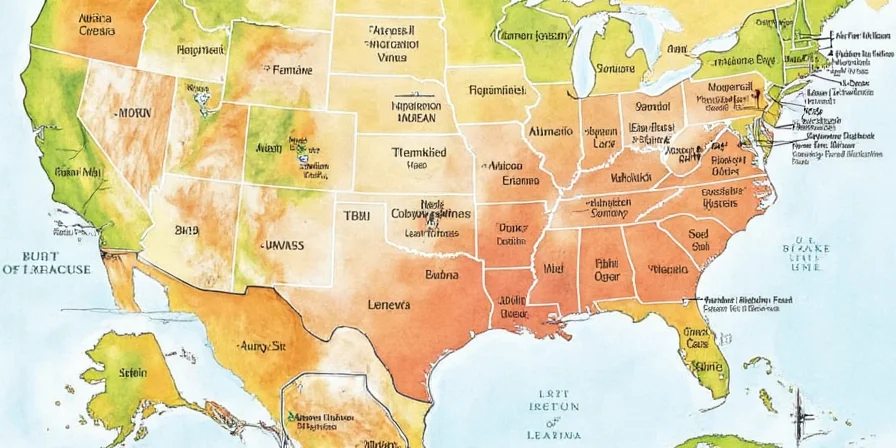
🍽️ Spicy Secrets from the Kitchen: Tips & Tricks by Region
Let’s get practical! Whether you're cooking up a storm or just trying to add a bit more flavor to your life, here are some spicy hacks straight from the heart of each American region:🔥 Southern Heat Hacks
- Tip 1: Use a mix of cayenne and smoked paprika for fried chicken. The smoke adds depth without overpowering the crispy crust.
- Tip 2: Add a pinch of sugar when using cayenne — it balances the heat and enhances the savory notes.
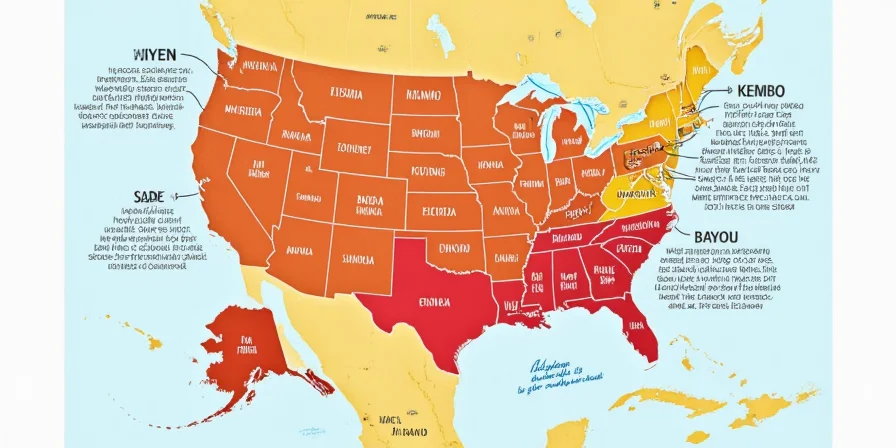
🌿 Southwest Flavor Boosters
- Tip 1: Toast cumin seeds before grinding them — this unlocks a nutty, earthier aroma that really brings out the flavor in chili.
- Tip 2: Combine ground cumin with a touch of cinnamon for richer mole-style sauces.
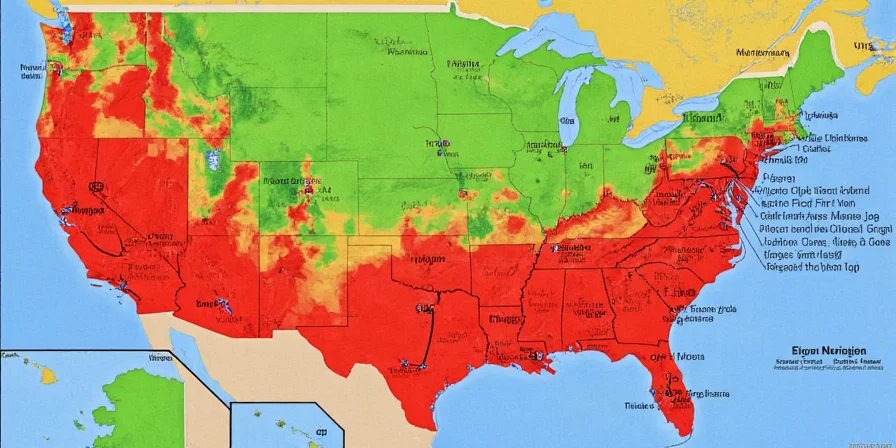
🧄 Mid-Atlantic Comfort Blends
- Tip 1: Mix dried oregano and basil with crushed red pepper flakes to season grilled meats or pasta sauces.
- Tip 2: Rub garlic bread with fresh thyme and a little olive oil before toasting — simple but unforgettable.
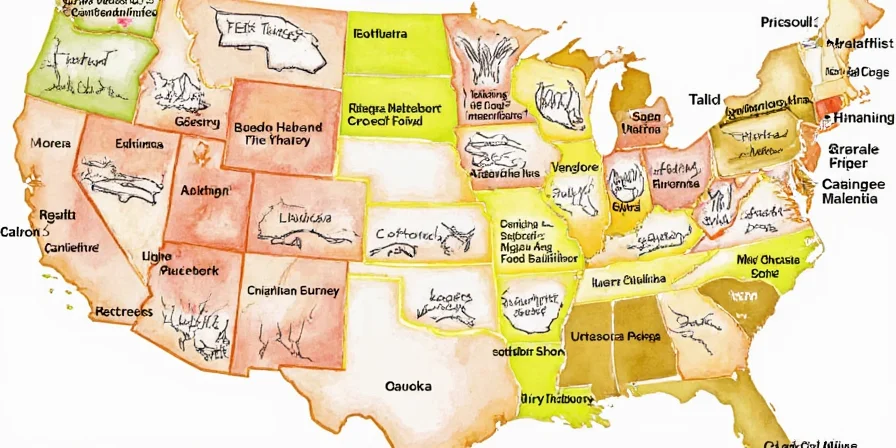
🍂 Midwest Magic Medley
- Tip 1: Blend sage, marjoram, and onion powder into sausage or stuffing for Thanksgiving or Christmas.
- Tip 2: Use allspice sparingly in root vegetable roasts — it pairs beautifully with carrots, parsnips, and sweet potatoes.
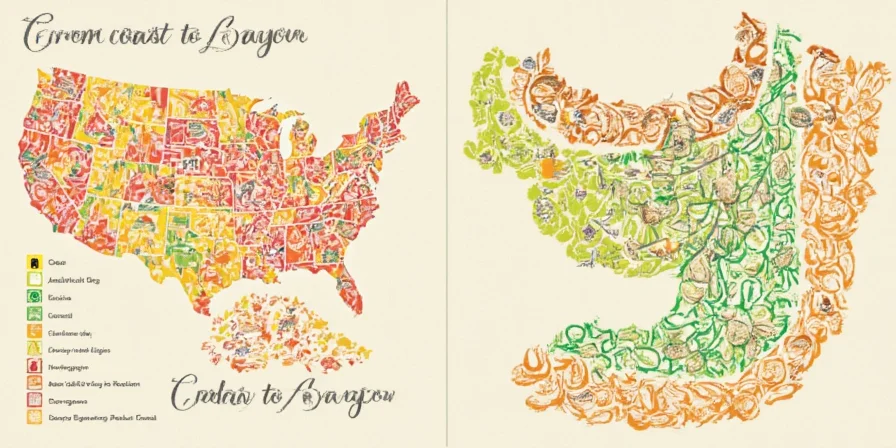
🍋 West Coast Fusion Finesse
- Tip 1: Add a splash of tamari and a sprinkle of sesame seeds to roasted veggies for an umami boost.
- Tip 2: Try pairing lemon zest with cilantro and jalapeño for a zesty salsa verde that works on tacos or grilled fish.
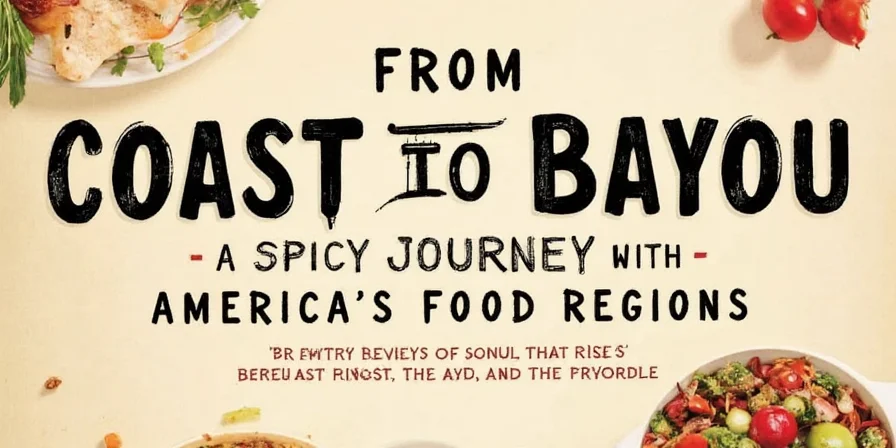
💡 Did You Know? Spicy Regional Trivia!
- The **Carolina Reaper** was developed in South Carolina and holds the Guinness World Record for hottest pepper — clocking in at over 1.5 million Scoville units!
- In the **Pacific Northwest**, chefs often use wild cedar or juniper berries as natural seasoning for smoked salmon — giving it that unmistakable forest aroma.
- The word “**barbecue**” has roots in the Caribbean and refers to slow-cooking meat over low heat — a technique perfected and spiced differently in every Southern state.
- Did you know that **Texas-style chili** doesn’t traditionally contain beans? It’s all about that rich, meaty base seasoned with deep, smoky spices.
- In **Louisiana**, the “Holy Trinity” of Cajun cooking includes onions, bell peppers, and celery — but don’t forget the generous helpings of cayenne and white pepper!
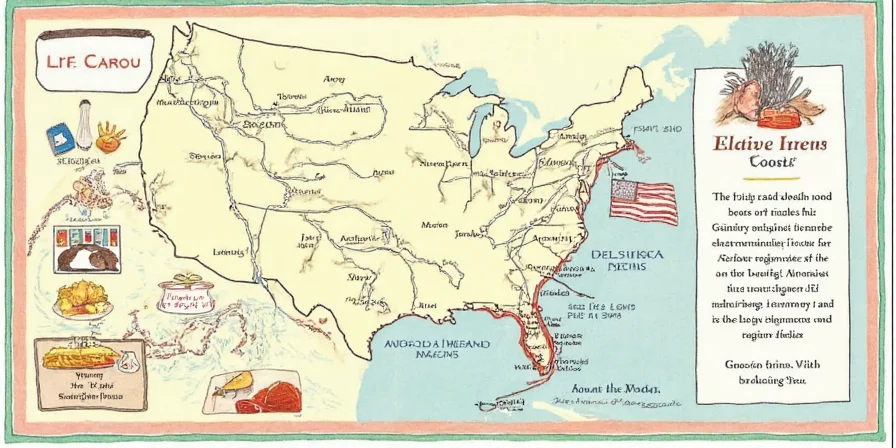
🌍 Global Spice Traditions Meet American Soil
While many spices used in American regional cooking originated elsewhere, they’ve been embraced, adapted, and redefined in ways unique to each area. Here’s how some of the world’s most popular spices found a home in U.S. kitchens:| Spice | Origin | Regional American Twist |
|---|---|---|
| Cumin | Middle East / India | Essential in Southwest Tex-Mex, especially in chili powders and taco seasoning blends |
| Cinnamon | Sri Lanka | Used in apple pies, pumpkin spice blends, and even in some barbecue rubs in the Midwest |
| Paprika | Hungary | Popular in New England clam chowder and Southern deviled eggs for color and mild sweetness |
| Oregano | Greece / Italy | Now a staple in Mid-Atlantic pizza and pasta sauces, especially in NYC and Philadelphia |
| Turmeric | India | Found in trendy California wellness bowls and plant-based burgers |
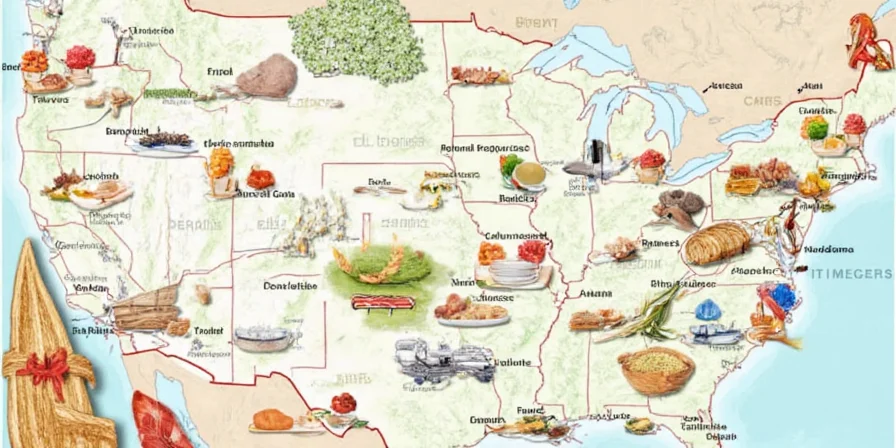

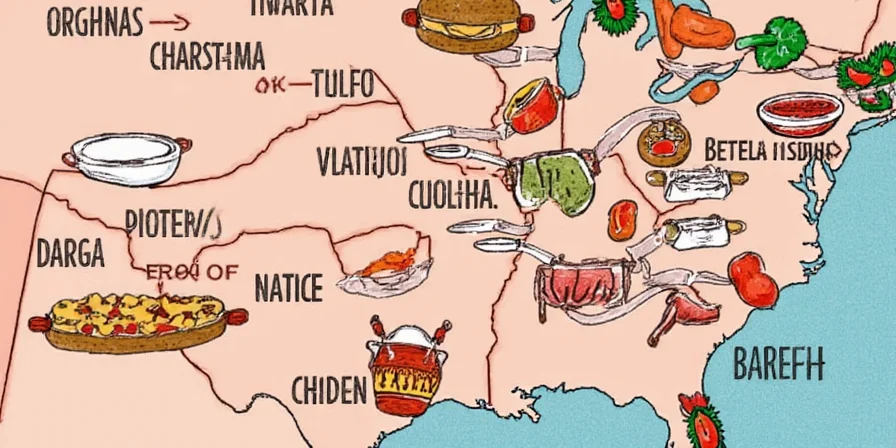









 浙公网安备
33010002000092号
浙公网安备
33010002000092号 浙B2-20120091-4
浙B2-20120091-4